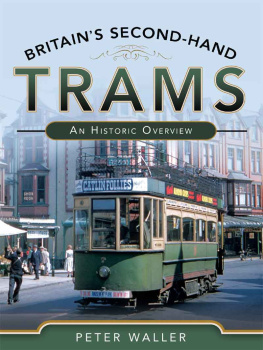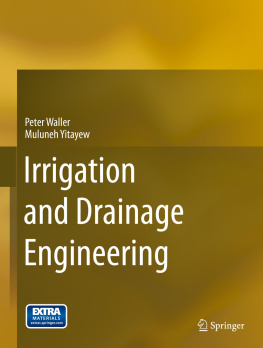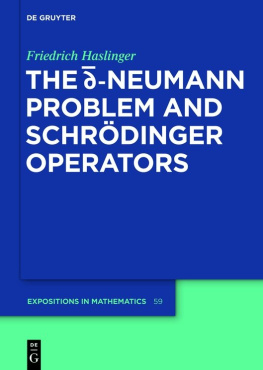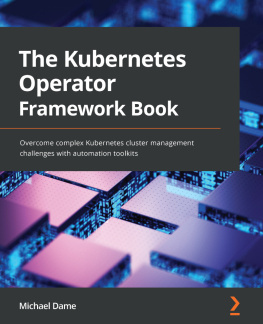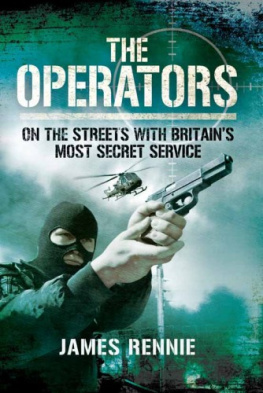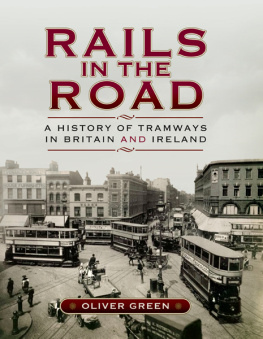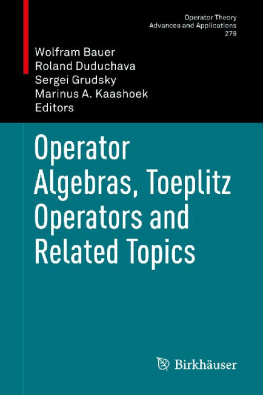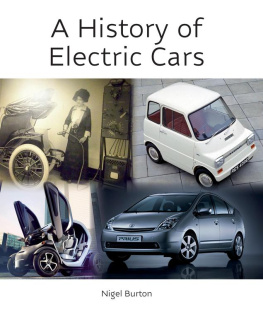Pagebreaks of the print version

BRITAINS SECOND-HAND
TRAMS
A N H ISTORIC O VERVIEW
BRITAINS SECOND-HAND
TRAMS
A N H ISTORIC O VERVIEW
PETER WALLER
Britains Second-Hand Trams: An Historic Overview
First published in Great Britain in 2021 by
Pen and Sword Transport
An imprint of
Pen & Sword Books Ltd
Yorkshire - Philadelphia
Copyright Peter Waller, 2021
ISBN 978 1 52673 897 4
eISBN 978 1 52673 898 1
mobi ISBN 978 1 52673 899 8
The right of Peter Waller to be identified as Author of this work has been asserted by him in accordance with the Copyright, Designs and Patents Act 1988.
A CIP catalogue record for this book is available from the British Library.
All rights reserved. No part of this book may be reproduced or transmitted in any form or by any means, electronic or mechanical including photocopying, recording or by any information storage and retrieval system, without permission from the Publisher in writing.
Pen & Sword Books Ltd incorporates the Imprints of Pen & Sword Books Archaeology, Atlas, Aviation, Battleground, Discovery, Family History, History, Maritime, Military, Naval, Politics, Railways, Select, Transport, True Crime, Fiction, Frontline Books, Leo Cooper, Praetorian Press, Seaforth Publishing, Wharncliffe and White Owl.
For a complete list of Pen & Sword titles please contact
PEN & SWORD BOOKS LIMITED
47 Church Street, Barnsley, South Yorkshire, S70 2AS, England
E-mail:
Website: www.pen-and-sword.co.uk
Or
PEN AND SWORD BOOKS
1950 Lawrence Rd, Havertown, PA 19083, USA
E-mail:
Website: www.penandswordbooks.com
ABBREVIATIONS
| BEC | British Electric Car Co Ltd, Trafford Park, Manchester |
| BET | British Electric Traction |
| BTH | British Thomson-Houston Co Ltd |
| EMB | Electro-Mechanical Brake Co Ltd |
| ER&TCW | Electric Railway & Tramway Carriage Works Ltd |
| L&CBER | Llandudno & Colwyn Bay Electric Railway |
| LCCTT | London County Council Tramways Trust |
| LPTB | London Passenger Transport Board |
| LRTA | Light Rapid Transit Association |
| LRTL | Light Railway Transport League |
| LTE | London Transport Executive |
| LTHG | London Tramways History Group |
| LUT | London United Tramways |
| M&G | Mountain & Gibson |
| M&T | Maley & Taunton |
| MET | Metropolitan Electric Tramways |
| MTMS | Manchester Tramway/Transport Museum Society |
| PET | Potteries Electric Traction Co Ltd |
| SHMD | Stalybridge, Hyde, Mossley & Dukinfield Tramways & Electricity Board |
| SLT | South Lancashire Tramways |
| South Met | South Metropolitan Electric Tramways & Lighting Co Ltd |
| STMS/STTS | Scottish Tramway Museum Society/Scottish Tramway & Transport Society |
| TLRS | Tramway & Light Railway Society |
| UDC | Urban District Council |
| UEC | United Electric Car Co Ltd |
ACKNOWLEDGEMENTS
T he majority of the images in this book have been drawn from the collections held by the Online Transport Archive; these include the following: the late Geoffrey Ashwell, the late C. Carter, the late Ian L. Cormack, Barry Cross, the late D.W.K. Jones, the late R.W.A. Jones, the late J. Joyce, the late F.N.T. Lloyd-Jones, the late John McCann, the late John Meredith, the late Ronnie Stephens, the late Phil Tatt, the late Julian Thompson, the late F.E.J. Ward, the late Peter N. Williams and Ian L. Wright. The National Tramway Museum houses the negatives of the late W.A. Camwell, the late Maurice OConnor, the late R.B. Parr and the late H.B. Priestley. As with my earlier books, Id like to express my sincere thanks to Martin Jenkins for ideas and comments on the book.
INTRODUCTION
I n the course of the history of Britains first generation electric tramways, tens of thousands of new tramcars were acquired. The vast majority of these were to be operated for their entire working life which may have been relatively short or decades long by a single owner. However, almost from the start of electric era, a significant number of trams were to be purchased by or transferred to a second (or even, in a limited number of cases, a third) operator.
In the early years, the transfers were for practical reasons; trams were exchanged between subsidiaries of the same company such as those that were exchanged between Coventry and Norwich (both subsidiaries of the New General Traction Co) where traffic considerations necessitated. A number of systems acquired tramcars at opening that reflected the optimism of the promoters; sometimes this was misplaced with the result that trams with a large capacity were exchanged for or replaced by smaller vehicles more suited to the traffic levels generated. In a small number of cases, orders for one operator were rejected possibly on grounds of quality and re-sold to a second operator.
During both world wars, a number of systems required additional tramcars to increase capacity at a time when vast numbers were required to get to and from factories employed in the war effort. There was also the need as in the case of Sheffield Corporation during the Second World War to acquire replacement trams quickly to replace cars that had been damaged beyond repair as a result of enemy action.
The primary factor behind the transfer of trams from one operator to a second was the conversion of systems from tram to either bus or trolleybus operation where systems that had a longer-term future took advantage of trams withdrawn that still had some years of operational life left in them. A number of relatively early casualties acquired new trams towards the end of the systems life and these readily found a new home when the secondhand price was considerably lower than that of acquiring wholly new cars. A number of operators most notably Leeds and Sunderland took advantage of the conversion of systems such as London, Hull and Manchester to acquire relatively new tramcars. One system that sought to exploit the second-hand market in the early 1950s was Dundee; its ageing fleet of traditional four-wheel cars was rightly considered to be a liability. The corporation looked at the purchase of new trams, but this was deemed too expensive, and then considered the purchase of a number of second-hand cars. The sad fact was, however, that the separation between the running lines on much of the network was much narrower than usual; this precluded the purchase of virtually all available standard gauge trams and so the system was to survive through until October 1956 relying on trams, many of which had their origins in vehicles delivered some 50 years earlier.
The final second-hand trams were the streamlined bogie cars that were sold from Liverpool to Glasgow in the mid-1950s. These were destined to have a relatively short life north of the border as, by the time they entered service, Glasgow one of the most secure of British tramways in the years immediately after the end of the Second World War had introduced its own abandonment policy. This epitomises one of the sad facts about all of the trams featured in this book; their careers as second-hand cars was often very limited as the new owners succumbed to the fashion for conversion. In Leeds, some of the secondhand Feltham cars acquired between 1949 and 1951 never actually entered service, being scrapped still in their London Transport livery in the mid-1950s having made the journey to the West Riding only to spend the next few years in storage. Some of those that did enter service lasted only a handful of years before they made their final trip to the scrapyard.

